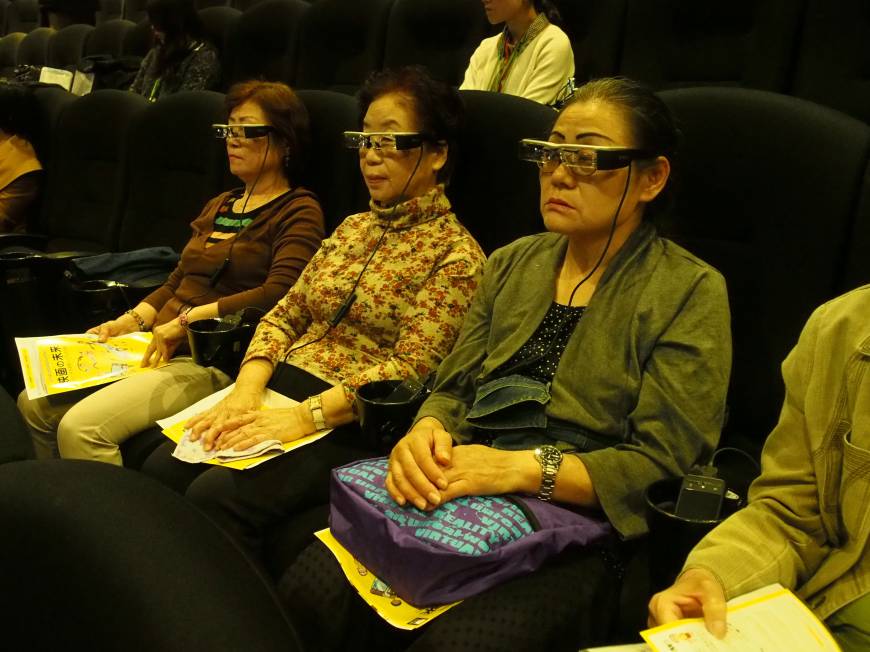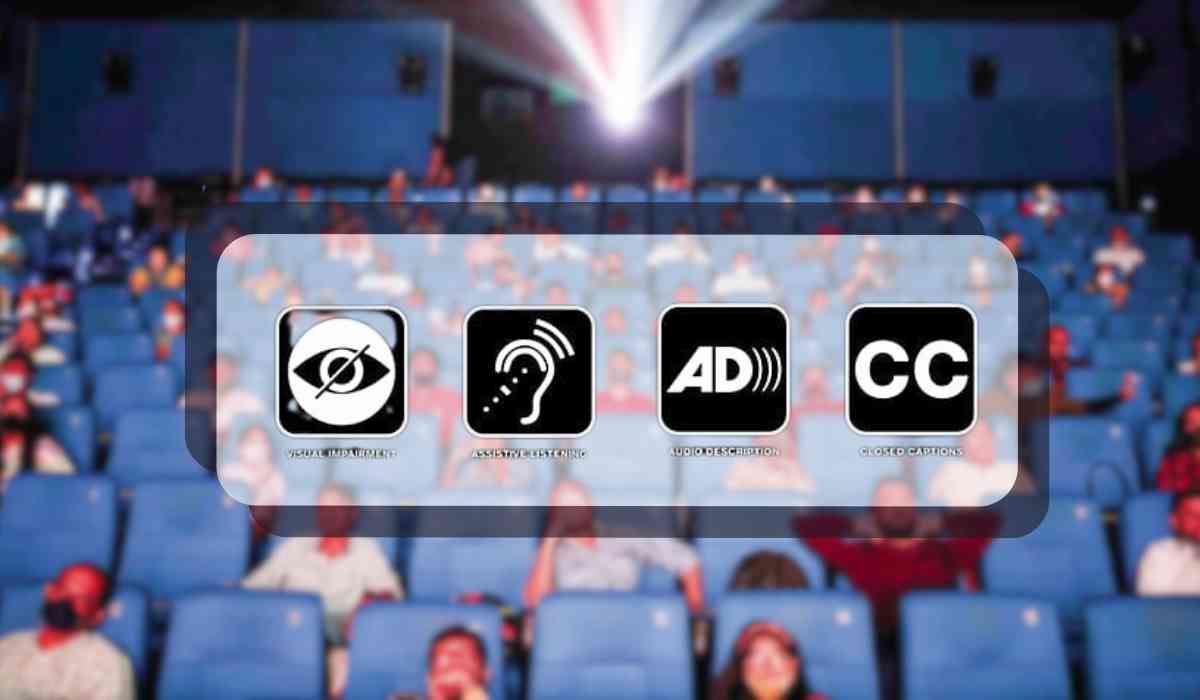Cinema has been a cherished form of entertainment for millions worldwide. However, for individuals with hearing and visual impairments, the cinematic experience has often been limited. Recognising this gap, the Ministry of Information & Broadcasting (MIB) has introduced comprehensive guidelines to ensure accessibility standards in the public exhibition of feature films in cinema theatres. These guidelines aim to make cinemas more inclusive, enabling people with disabilities to fully participate in the cinematic journey.
Importance of Accessibility in Cinema
Enhancing Inclusion and Equality
Accessibility in cinema is crucial for fostering an inclusive society where everyone has equal opportunities to enjoy cultural experiences. By making films accessible to those with hearing and visual impairments, we promote social equality and ensure that no one is left behind.
Aligning with Global Best Practices
Implementing accessibility standards in cinema aligns India with global best practices, setting a precedent for other nations to follow. It demonstrates a commitment to inclusivity and human rights, reinforcing India's position as a progressive and compassionate society.

Defining Accessibility in Feature Films
General Principles for Accessibility
The general principles outlined in the guidelines focus on creating an enabling environment for accessibility in feature films. This includes ensuring that all aspects of a film, from production to exhibition, are designed with accessibility in mind.
Identifying Barriers
The guidelines identify barriers to accessibility, such as lack of appropriate technology and insufficient funding. Addressing these barriers involves establishing relevant rules, requirements, standards, and funding mechanisms to ensure full accessibility.
Measures for Equal Access
To ensure people with hearing and visual impairments have access to films on an equal basis with others, the guidelines mandate specific measures. These include the implementation of closed captioning (CC) and audio description (AD) features in all feature films.
Key Features of the Accessibility Standards
Mandatory Accessibility Features
Audio Description (AD)
Audio Description provides an auditory narration of visual elements in a film. This feature is essential for visually impaired viewers, offering descriptions of scenes, settings, actions, and costumes during gaps in dialogue.
Closed Captioning (CC)
Closed Captioning involves displaying both audio dialogue and sound representations as synchronised on-screen text. This feature is crucial for hearing-impaired viewers, ensuring they can follow the film's audio content through text.

Additional Accessibility Features
Indian Sign Language (ISL)
Indian Sign Language interpretation must be provided in a picture-in-picture mode. This ensures that hearing-impaired viewers receive clear, synchronised communication, enhancing their understanding of the film.
Film Certification and Compliance
The guidelines require film producers to deliver films for certification to the Central Board of Film Certification (CBFC) along with files of accessibility features. Films certified in multiple languages must comply within six months, while others have a two-year compliance period.
Implementation Strategies
Deployment of Accessible Features
Customised Equipment in Theatres : Cinema theatres must deploy customised equipment such as mirror captions, closed captioning smart glasses, closed caption stands, and headphones for audio description during regular shows.
Mobile Apps : Film producers are encouraged to integrate CC and AD features into mobile applications, allowing users to access these features via their personal devices during screenings.

Android App for Indian Sign language by Ramakrishnan Mission
Other Technological Inputs
The use of other technological inputs, such as assistive devices and software applications, is encouraged to support accessibility in cinemas.
Theatre Owners' Self-Regulatory Plans
Theatre owners must develop and implement self-regulatory plans for accessibility in consultation with disability stakeholders. These plans should be operational within two years.
Monitoring and Grievance Redressal
Dedicated Monitoring Committee : A monitoring committee, appointed by the MIB, will oversee the implementation of accessibility standards. The committee will include representatives from the film industry and individuals with hearing and visual disabilities.
Grievance Redressal Mechanism : Viewers can file complaints with theatre licensees if accessible features are unavailable. The committee will address these concerns within 30 days through the licencing authority.

Japanese Theatre for visually impaired people
Aligning with Legal Mandates
Rights of Persons with Disabilities Act, 2016
The guidelines align with the Rights of Persons with Disabilities Act, 2016 (RPwD Act), which mandates government action to promote universal access and inclusion in information and communication, including films.
Institutional Framework
An institutional framework will ensure transparent oversight and impartial dispute resolution, supporting the development of a culture of accessibility in cinema.

Conclusion
The new guidelines for accessibility standards in the public exhibition of feature films in cinema theatres mark a significant step towards inclusivity and equality. By ensuring that people with hearing and visual impairments can fully enjoy the cinematic experience, we move closer to creating a society where everyone has equal opportunities to participate in cultural and social activities. These guidelines, backed by legal mandates and global best practices, lay a robust foundation for accessible feature film content and theatre infrastructure, fostering greater inclusion and harmony in society.
Inputs from PTI
Media inputs: multiple sources
ⒸCopyright 2024. All Rights Reserved Powered by Vygr Media.





















